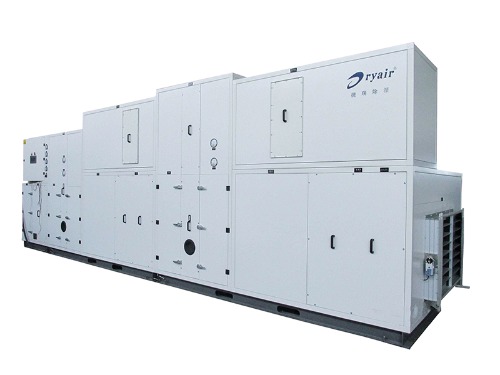Lithium batteries are rechargeable energy storage devices that utilize lithium ions to store and release electrical energy. They are commonly used in various applications, including portable electronics, electric vehicles, and renewable energy systems. The structure of a lithium battery typically consists of the following components:
Anode (Negative Electrode): The anode is the electrode where lithium ions are stored during charging and released during discharging. It is typically made of a carbon-based material, such as graphite, that can intercalate or absorb lithium ions.
Cathode (Positive Electrode): The cathode is the electrode where lithium ions migrate to during charging and return from during discharging. It is usually made of a lithium metal oxide, such as lithium cobalt oxide (LiCoO2), lithium manganese oxide (LiMn2O4), or lithium iron phosphate (LiFePO4). The specific composition of the cathode depends on the desired performance characteristics of the battery, such as energy density, power output, and safety.
Separator: The separator is a porous material placed between the anode and cathode to prevent direct contact and short circuits while allowing the passage of lithium ions. It is typically made of a microporous polymer or ceramic material that provides mechanical support and electrolyte permeability.
Electrolyte: The electrolyte is a medium that allows the movement of lithium ions between the anode and cathode. It is usually a liquid or gel-like substance containing lithium salts dissolved in an organic solvent. The electrolyte enables the ionic conductivity necessary for the battery's operation.
Current Collectors: Current collectors are typically thin metal foils, such as aluminum or copper, that facilitate the flow of electrons between the electrodes and the external circuit. They provide a conductive pathway for the electrical current generated by the movement of lithium ions during charging and discharging.
Housing/Case: The battery components are housed in a protective casing made of a non-reactive material, usually metal or plastic. The housing provides structural integrity, electrical insulation, and protection against physical damage and environmental factors.
Besides,Lithium batteries are of significant importance in various industries and applications due to several key advantages they offer. Here are some reasons why lithium batteries are important:
High Energy Density: Lithium batteries have one of the highest energy densities among commercially available rechargeable battery technologies. This means they can store a large amount of electrical energy in a compact and lightweight package, making them ideal for portable electronics like smartphones, laptops, tablets, and other mobile devices. The high energy density allows for longer battery life and extended usage between charges.
Rechargeable and Long Cycle Life: Lithium batteries are rechargeable, which means they can be used multiple times by recharging them. They have a relatively long cycle life, allowing for hundreds to thousands of charge and discharge cycles. This makes them a cost-effective and sustainable choice compared to single-use disposable batteries, reducing environmental impact.
Quick Charging: Lithium batteries have the capability for fast charging, enabling shorter charging times compared to other battery chemistries. This is particularly important in applications where quick charging is desired, such as electric vehicles (EVs) and portable devices that require rapid power replenishment.
High Power Output: Lithium batteries can deliver high power output, making them suitable for applications that require high current or instant power, such as power tools, electric vehicles, and energy storage systems. Their ability to provide a burst of power makes them popular in demanding applications.
Wide Range of Applications: Lithium batteries find extensive use in various industries and applications. They are used in consumer electronics, electric vehicles, renewable energy storage systems, medical devices, aerospace, telecommunications, and more. Their versatility and adaptability make them a vital component in many modern technologies.
Environmental Considerations: Lithium batteries are considered more environmentally friendly compared to traditional disposable batteries that contain toxic heavy metals. Lithium batteries have lower toxic material content, longer lifespan, and higher energy efficiency, contributing to reduced waste generation and environmental impact.
Ongoing Technological Advancements: The development and advancement of lithium battery technology are ongoing, leading to improvements in energy density, safety, charging speed, and overall performance. This continuous innovation drives progress in various industries and opens up new possibilities for energy storage and power applications.
Given their numerous advantages, lithium batteries play a crucial role in powering our modern society. Their high energy density, rechargeability, long cycle life, and broad range of applications make them an important and valuable energy storage solution.





 English
English 简体中文
简体中文